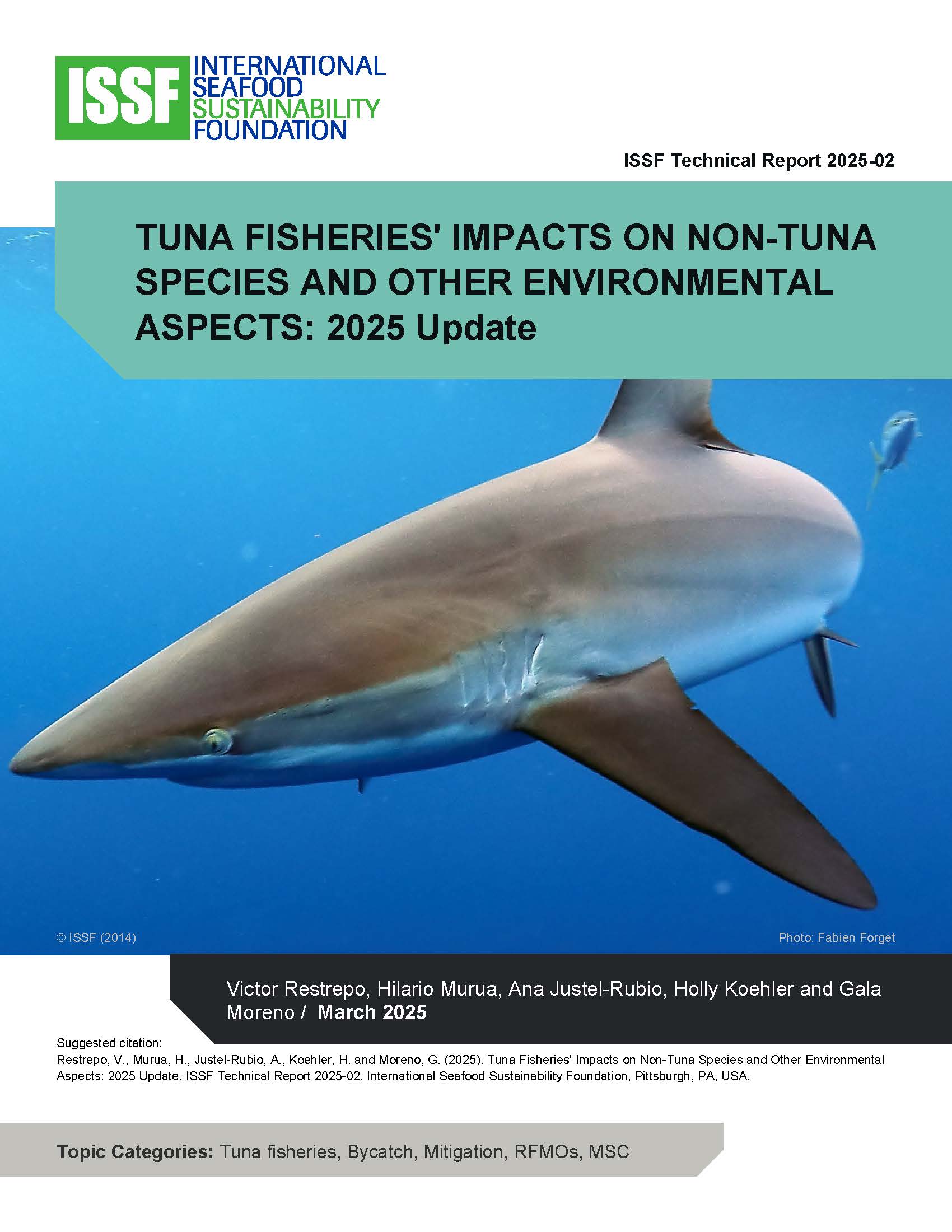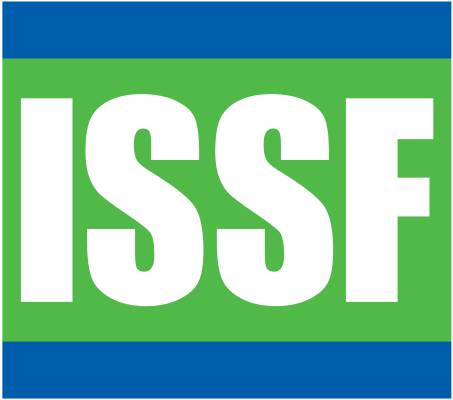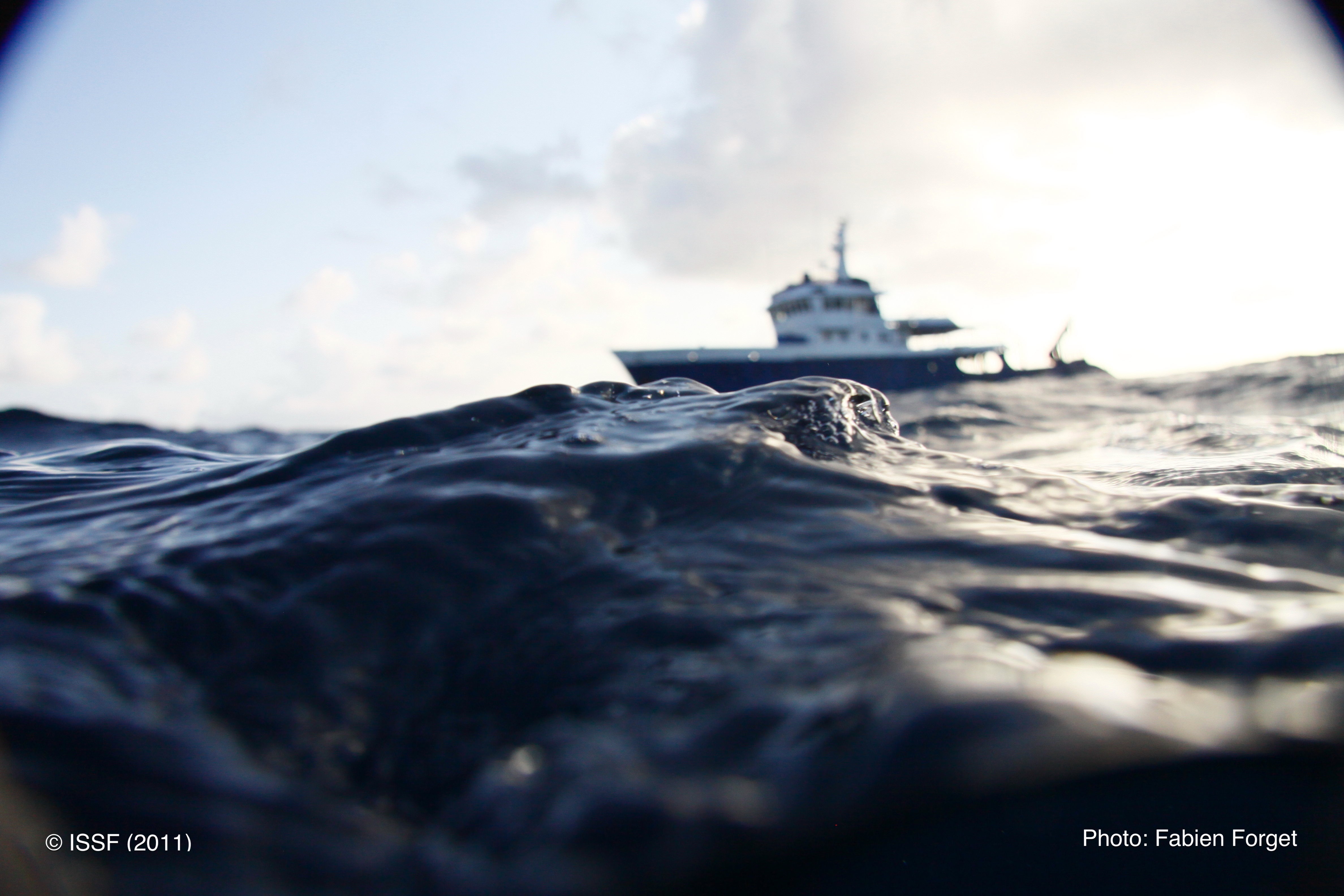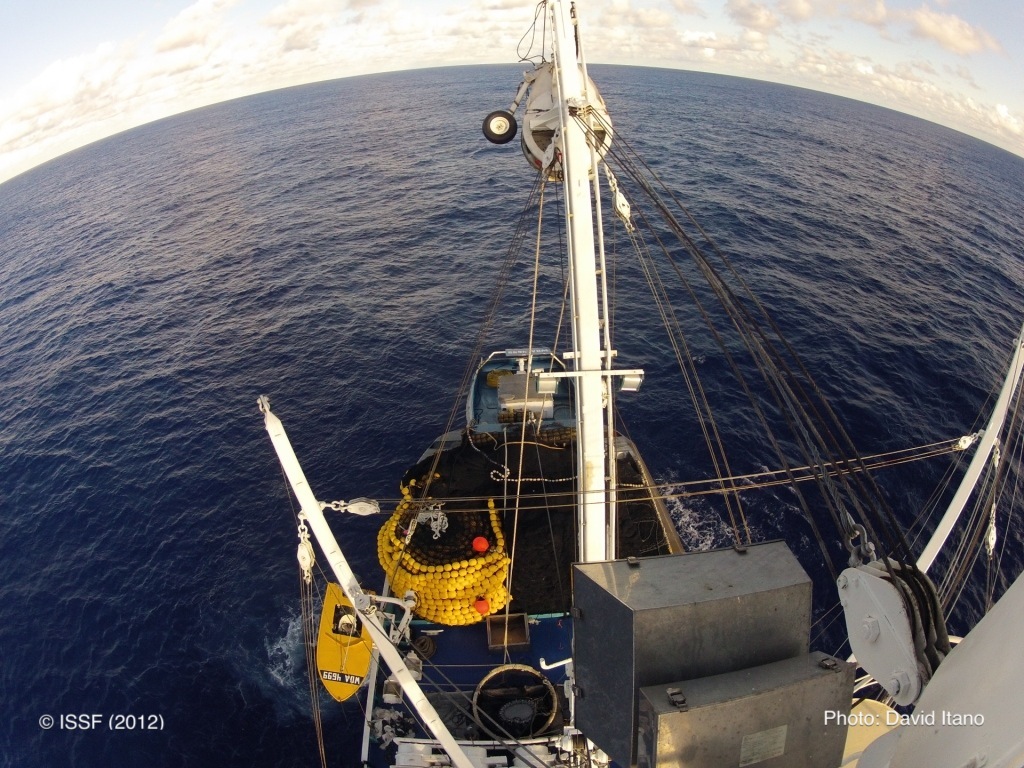Troll
Troll tuna-fishing vessels mainly target albacore tuna by using baited lines dragged behind the vessel.
Multiple lines are often used in troll fishing. Fishers also can use a system of outriggers and downriggers to spread the lines more widely and reduce the chances of tangling, as well as to keep the lures or baits at the desired depth.
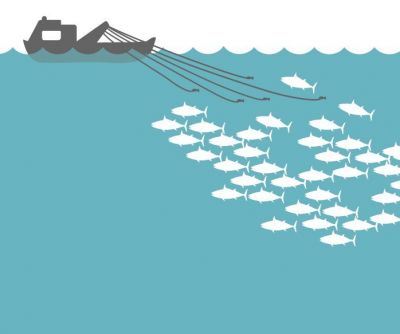
Bycatch
Though data is limited, troll fishing generates minimal bycatch.
Our report ISSF 2025-02: Tuna Fisheries’ Impacts on Non-Tuna Species and Other Environmental Aspects: 2025 Update* examines the effects of different tuna-fishing methods on non-tuna species like sharks.
Fuel Efficiency
According to an ISSF-commissioned study, the troll fishing method uses 1,107 liters of fuel to land one ton of tunas.
TROLL RESOURCES
PVR Audit Policy for Troll Vessels
Troll vessels that are committed to sustainable fishing are eligible to be included in ISSF’s ProActive Vessel Register (PVR), a public vessel list for sustainable seafood sourcing.
PVR vessels are audited on their compliance with ISSF conservation measures. Download the audit protocol that covers troll as well as pole & line and handline vessels.
